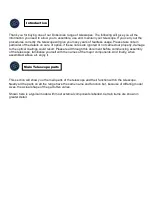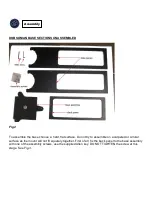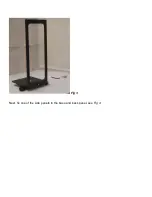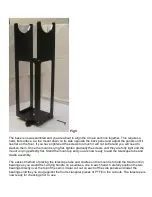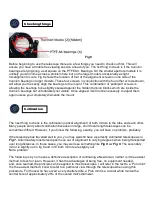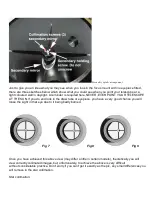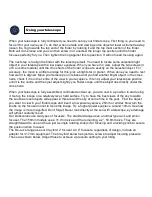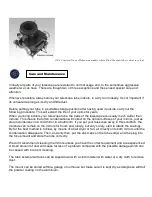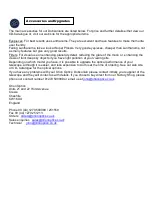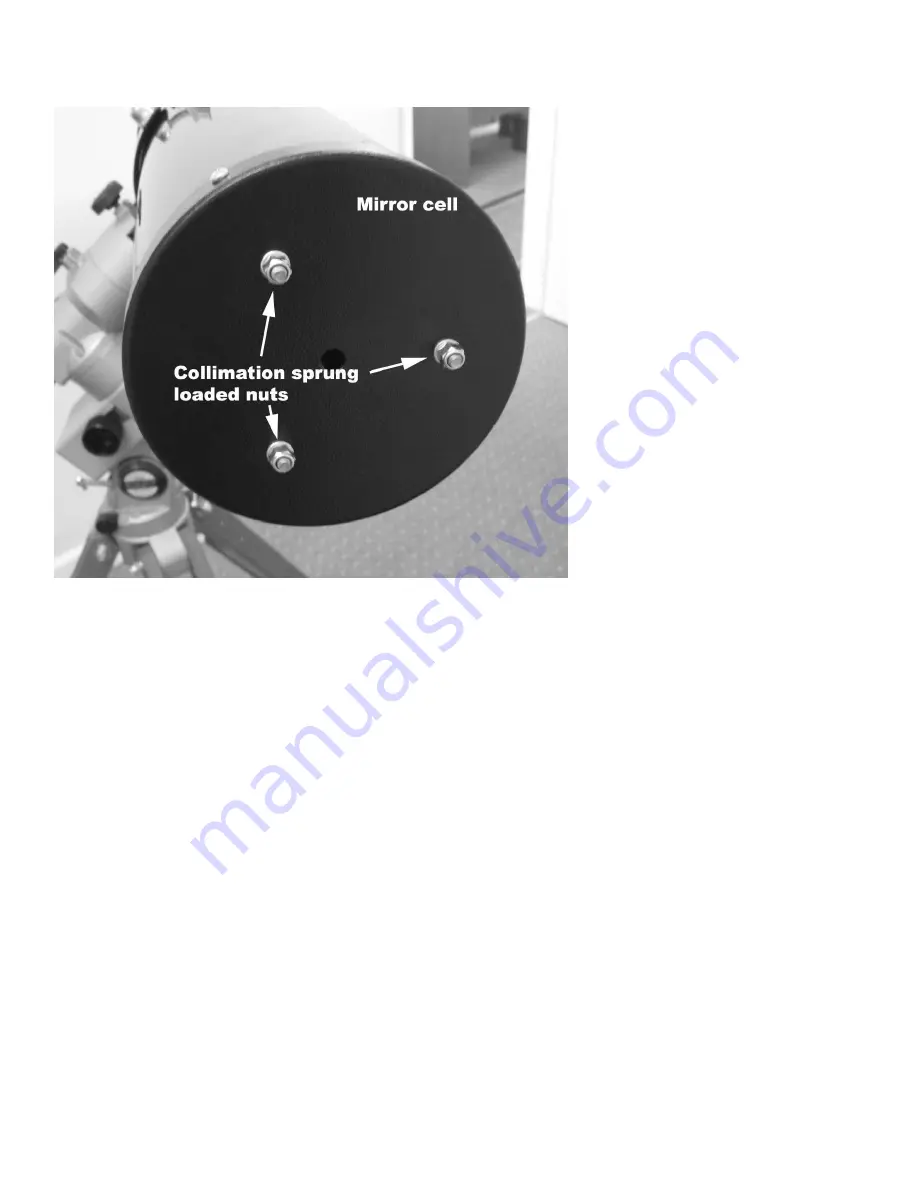
150, 200 and 250mm models use three adjustment
screws only and closed cell.
It sound complicated but it really is a simple operation once you try it.
At this stage you will probably find your mirror is pretty much collimated to begin with, unless, some
excessive ‘twiddling’ has been going on before hand. Unless you achieve symmetry here, no amount of
trying to collimate on a star will be possible. Most collimation problems by far occur with the secondary
mirror's position and attitude. Achieve a good symmetry with the primary and the following will be that
much easier.
Up to this point there has been no need to look into the eyepiece draw tube. If you have tried to
collimate your primary mirror by looking into the draw tube you have probably got it wrong because any
positional errors in your secondary will affect the main mirrors orientation, and so on………….
The secondary mirror has several positional axes, all of which have to be within reasonably tight
tolerances. The mirror can rotate towards you, away from you, tilt towards you and away from you and
move up or down the telescopes optical axis (the main mirror's axis). To discus all these here will take
far too much time and text so, I am assuming that you are seeing concentric `circles' of your
eye,


